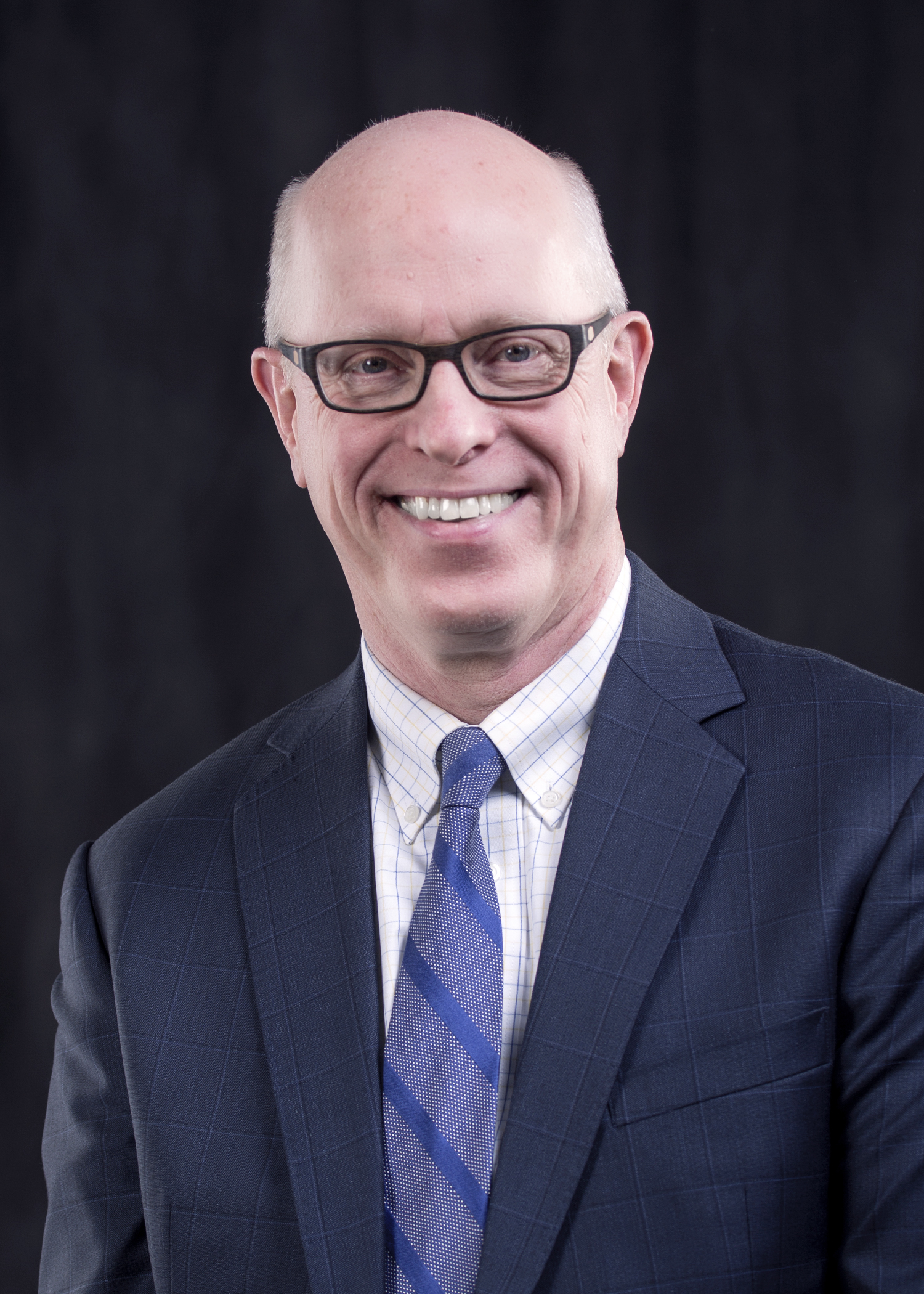At Northwell Health, we are disruptive innovators in health care, and we are extremely grateful to the people in our communities who support our work. Our goal is to treat illness and injury in the communities we serve.
Innovation requires thought, planning, a willingness to adapt and grow, the courage to do so and significant financial resources to invest in those innovations that, as our CEO Michael Dowling continually says, “…enables us to do better tomorrow than we are today.” It is why we have committed to “Outpacing the Impossible” – a $1 billion fundraising campaign in which we are partnering with so many community leaders and individuals who support the health of our communities and the innovation that allows us to improve care.
While Donald Davret takes exception in the accompanying letter, we do not apologize for our partnering with individuals who see the health needs of our community and are committed to bringing about innovative changes for the betterment of us all.
Change can be uncomfortable but it is necessary to achieve the progress we want and need. It is one of the reasons we are able to return nearly $1 billion in community reinvestment to the communities we serve, far more than the $200 million that Mr. Davret cites.
We cannot live in the past. Individual hospitals and physician offices can no longer go it alone. Smaller providers lack the critical mass needed to adapt to the rapid expansion of medical knowledge and deliver care that integrates the latest breakthroughs.
Organizations must grow both organically and through mergers to survive. Consolidation and integration facilitate experimentation and innovation, allow for expansion of services and increased efficiency while improving access to capital for smaller hospitals that are in financial trouble. Take our experience with Southside Hospital in Bay Shore as an example.
Before the turn of this century, Southside was a financially distressed community hospital – at one point, it had to sell property to meet payroll. Northwell stepped up and welcomed Southside into our network.
We were able to stabilize its finances and maintain the community’s access to its critically important services. Since 2007 we have invested more than $200 million in Southside, occupancy has gone from 69 percent to 100 percent, and the number of employed physicians has gone from 42 to 208.
Southside is now a level-II trauma center, performing advanced cardiac surgery. Without Northwell, Southside Hospital likely would have ceased to exist by 2008 or earlier — a serious loss for a large community along with a loss of an economic engine for the region.
While Mr. Davret is correct in stating that health care costs have risen during a time of rapid change, data alone does not reveal why that is the case.
For instance, stand-alone hospitals that eventually join a health system likely receive higher reimbursements from insurers after a merger or acquisition. On the other hand, most hospital mergers generate savings due to consolidation of shared services.
One of the truths in Mr. Davret’s letter is that Northwell does, in fact, operate on a razor-thin operating margin.
This means that without the generosity of the communities we serve, we could not invest in the innovations that allow us to deliver the very best care to those who need it most. We are extremely grateful and indebted to those who support us.
They are the reason, along with our dedicated clinicians and employees, that we are able to provide the kind of innovative care that saves lives 365 days a year, 24 hours a day, to every person who needs us – regardless of their ability to pay.
Brian Lally
Senior Vice President
Northwell Health Foundation



